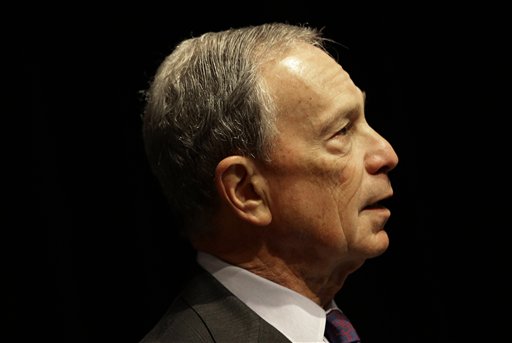OPINION: Why does Bloomberg stress the soda ban above evertying else?

New York City certainly seems to have its share of problems.
Take homelessness. According to the Coalition for the Homeless, in February 2013, there were an all-time record 50,100 homeless people, including 12,000 families with children. And that’s only the number of people who were sleeping in the city’s homeless-shelter system, as opposed to the many “street homeless” whom we see every day.
We also have unemployment. Nationwide, the percentage of people who are unemployed is a little over 7 percent. In New York, it’s a little over 9 percent. While the financial industries are booming, for years, the Bronx and Brooklyn were the counties with the highest unemployment rates in New York State. Brooklyn has now gotten better, but the Bronx is still suffering.